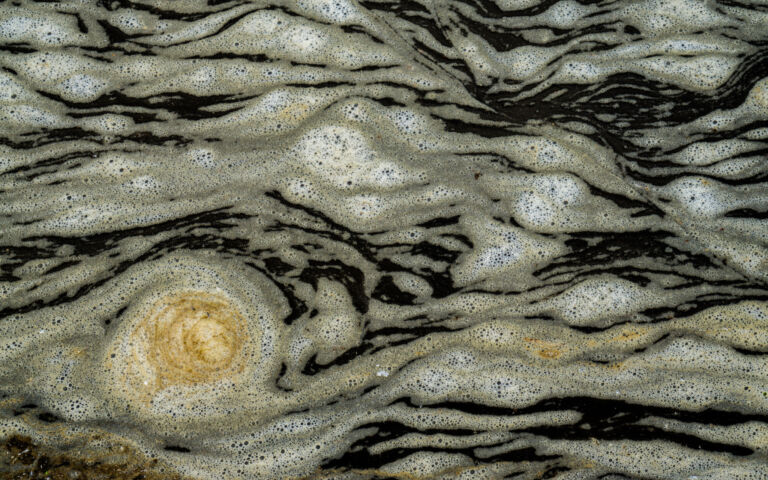How is membrane filtration technology used in wastewater treatment?

Membranes for wastewater treatment
Membrane technology used for removing solids in wastewater treatment is usually based on ultrafiltration or microfiltration. The membranes can be introduced into the biological wastewater treatment process either as:
- a separate unit operation downstream of the biological step, or
- integrated into a biological process.
If the membranes are added as a separate unit operation, they are often referred to as a 'polishing' step and are usually based on the hollow fibre membrane configuration.
Watch the following video which explains the difference between the 'integrated' and the 'separate' membrane technologies for wastewater treatment.
How are membranes used in wastewater treatment?
Alternatively, membranes are integrated with the biological step either as a membrane bioreactor (MBR) or a membrane aerated biofilm reactor (MABR). In the case of the MABR, the membrane is not used for filtration but for diffusing air or oxygen into the bioreactor in the molecular, or 'bubbleless', form. So an MABR employs the membrane as a high-efficiency diffuser, rather than for solids–liquid separation as for the MBR.








